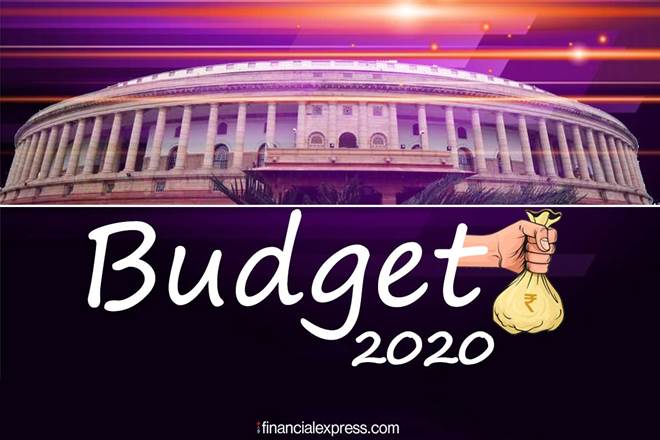By Ashish Khanna
Union Budget: The expansion of the ambit of the Prime Minister Kisan Urja Sashaktikaran Mission (PM-KUSUM) in the Union Budget is a welcome step taken by the government to increase the income of farmers. This, apart from triggering rural consumption, is also a significant move to assure that subsidies are being placed in the right places.
The FM said that the scheme would now install 20 lakh standalone solar pumps and solarise 15 lakh existing agriculture pumps. When the scheme was earlier approved by the Cabinet Committee on Economic Affairs in February 2019, the aim was to install 17.5 lakh solar pumps and connect 10 lakh existing pumps with solar power. The declaration has come at the opportune moment.
The announcement follows the ministry of new and renewable energy (MNRE) recently laying down the quality parameters for the solar pumps to be supplied for the scheme. It is yet another indicator of the government implementing the right policies by proving that it is compromising on the quality of products beings used in government schemes. A marked shift from the tendency where quality is often jeopardised in the blind pursuit of quantity. I hope the scheme will further help in easing the process of converting farm land to industrial land for renewable energy projects.
The extension of the concessional corporate tax rate of 15%, which was earlier earmarked only for manufacturing companies, to domestic electricity generation firms is another step in the right direction. The proposal to set up solar power capacity alongside the rail tracks on the land owned by the railways is another welcome move.
It was heartening to see the focus strengthening on renewable energy in this Budget. The industry appreciates the support of budgetary incentives extended to this sunrise sector. The government and the renewable industry are determined to make India set a mark as a sustainable dependent energy source. Between FY14-18, we have seen the installation capacity of renewable power generation rise with a CAGR of 19.78%. However, last year the growth was comparatively slow due to various reasons. The government has focused on providing electricity to each and every household under the Saubhagya scheme.
Watch Video: What is Union Budget of India?
The re-opening of renewable energy power purchase agreements by state-run power distribution companies is a significant challenge and this needs to addressed. Another important aspect is policy initiatives so that payments against renewable power supplied to the state distribution companies can be secured as per timelines specified by the agreement. Such instances germinate negative sentiments among investors. A tribunal has been formed for early resolution of payment related disputes which is expected to mitigate the problems to a certain extent.
Renewable power like solar is a one-time investment that will provide a greener and cleaner energy for the rest of life. Various state governments like Maharashtra, Delhi, Andhra Pradesh, Telangana, and Rajasthan have structured their net metering process for rooftop solar, making the developers’ work much more streamlined.
In my view, renewables will be India’s next IT provided the Centre incentivises the industry through a policy framework.
The author is MD and CEO, Tata Power Solar and President, Tata Power (Renewables)


